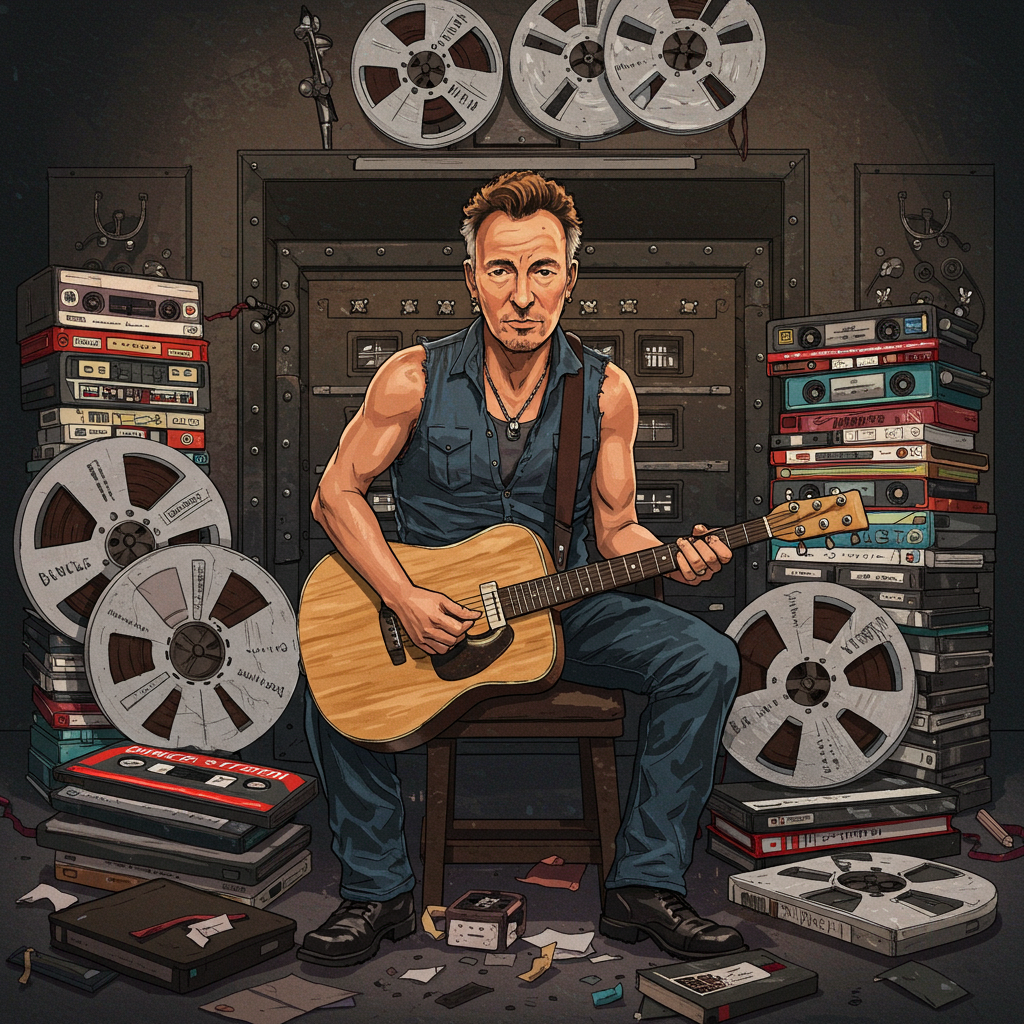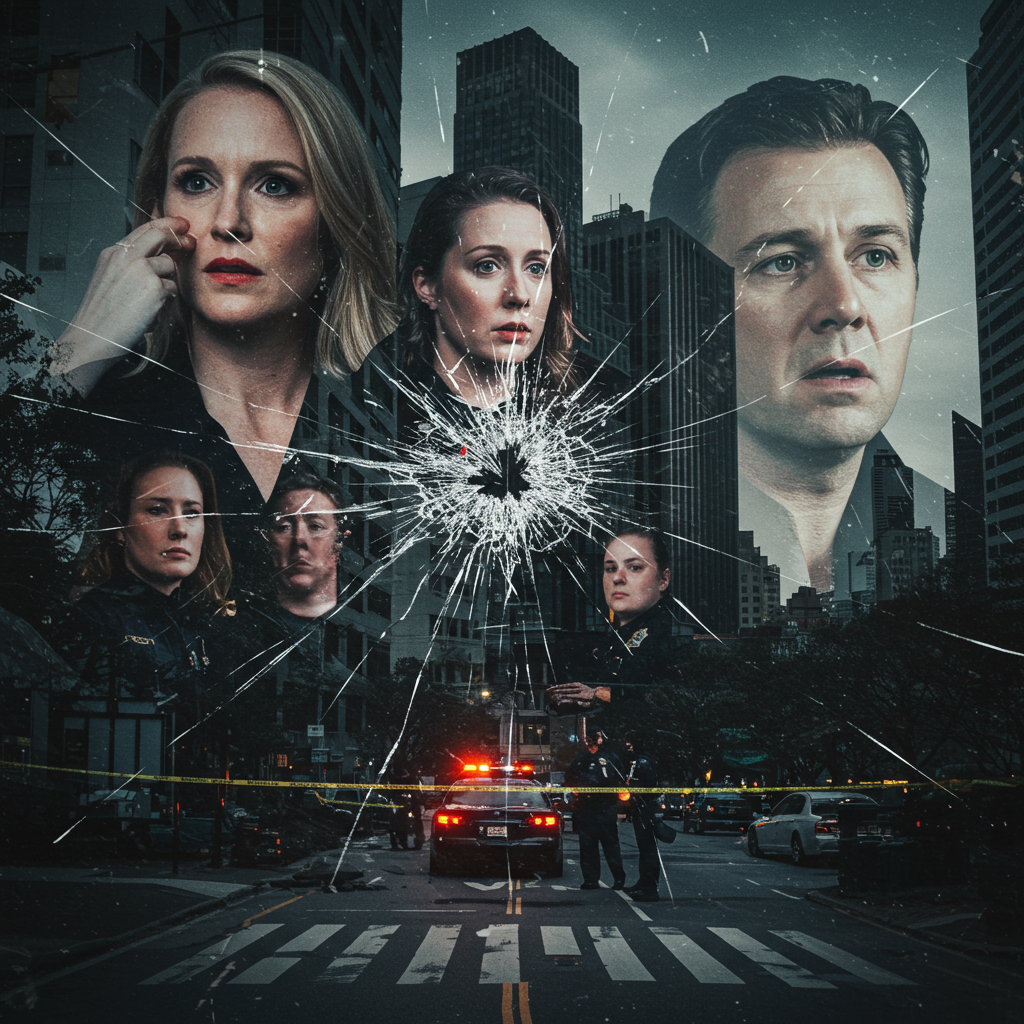For dedicated Bruce Springsteen fans, the official discography is just the beginning. Beyond the iconic studio albums, legendary live recordings, and collected B-sides lies the tantalizing mythology of the “vault” – a rumored treasure trove of unreleased music hoarded by the Boss himself in the swamps of New Jersey. This deep dive into the unseen material, often fueled by whispers of scrapped projects and legendary bootlegs, marks a distinct phase of fandom, one where the music Springsteen didn’t release becomes as compelling as the classics.
Tracks II: The Lost Albums – A Fan’s Revelation
Following 1998’s foundational outtakes compilation Tracks, the highly anticipated Tracks II: The Lost Albums arrives not just as a collection of individual discarded songs, but as a revelation: presenting seven complete, previously unreleased album projects. Spanning recordings made between 1983 and 2019, this sprawling box set compiles 83 tracks, the majority of which are entirely unknown, even to serious collectors. It offers an unprecedented look behind the curtain, revealing distinct creative paths not taken and adding significant depth to understanding Springsteen’s prolific, sometimes enigmatic, career.
This collection is particularly vital for filling in the perceived “missing years” or “wilderness period” of the 1990s, a time when Springsteen had moved to Los Angeles, felt disconnected, dismissed the E Street Band, and seemed less visible as the music landscape shifted. Tracks II, with five of its seven albums originating from this era and the years immediately before and after, directly counters the narrative that he was less creatively active. Instead, it showcases a period of intense experimentation and “secret mischief,” where he was crafting sophisticated, diverse bodies of work, often just for himself.
Unlike typical archival releases that focus on individual demos or alternate takes, Tracks II underscores Springsteen’s genius as an album-crafter. These aren’t just random songs; they were conceived, written, and sometimes fully recorded as cohesive album-length statements with distinct concepts, sounds, and narratives. The decision to shelve them often came down to them not fitting the larger, carefully constructed story Springsteen felt he was telling with his official releases, or perhaps audiences weren’t perceived as ready for such stylistic departures.
A Journey Through Seven Unseen Worlds
The seven “lost albums” presented in Tracks II showcase an extraordinary breadth of style and subject matter, demonstrating that Springsteen consistently took risks and rarely repeated himself during this period:
- LA Garage Sessions ’83: Recorded shortly after Nebraska and before Born in the U.S.A., this set bridges the stark, character-driven tales of the former with the heartland angst hinting at the latter. These solo demos, reflecting Springsteen’s soul-searching after Nebraska‘s success, blend raw rockabilly (“Richfield Whistle,” “Follow That Dream”) with darker explorations (“The Klansman”) and even a melancholic R&B ballad (“County Fair”), revealing his eclectic influences from Suicide to synthesizers during this pivotal moment.
- Streets of Philadelphia Sessions (1994): Emerging after the success of his Oscar-winning song, this album dives deep into downtrodden narratives of distance, doubt, and relationship breakdown. Strikingly, it incorporates drum loops and dreamy synths, occasionally bordering on trip-hop or hip-hop influences – a significant sonic departure for the time. Songs like “One Beautiful Morning,” “The Farewell Party,” and the electronic beat-driven “Maybe I Don’t Know You” capture a raw, tender, and surprisingly gloomy exploration of mid-life crises and the disappointments of adulthood, making this a major revelation of the set. It was reportedly shelved last-minute for the E Street Band reunion and a Greatest Hits.
- Inyo: Considered by some critics as the “biggest find,” this late-1990s album is a spiritual ancestor to The Ghost of Tom Joad. Drawing inspiration from drives through the California badlands and local reporting, it tackles complex border issues, the California water wars, and the struggles of Mexican-American and Native American communities. While primarily folk songs delivered solo, it powerfully incorporates mariachi influences on tracks like “Adelita” and “The Lost Charro,” revealing a talent for riveting, politically charged storytelling that some suggest could have led to a screenwriting career.
- Faithless (Mid-2000s): An atmospheric score for an unmade “spiritual Western” film, this material is the quietest and starkest in the collection. Mostly featuring Springsteen alone with a piano or detuned acoustic guitar, it leans into contemplative folk-gospel sounds, though tracks like “All God’s Children” reveal a guttural, Tom Waits-esque blues edge. Exploring themes of faith and salvation with a sense of wide-open space, it adds unique textures to his 21st-century songbook, featuring an open-hearted love song in “God Sent You.”
- Twilight Hours (Circa 2019): Written concurrently with the acclaimed Western Stars, this album showcases a sophisticated, lovesick crooner persona influenced by orchestrated pop masters like Burt Bacharach and Jimmy Webb. Featuring lush string arrangements, cinematic tracks (“Lonely Town”), and sumptuous ballads (“Sunday Love,” “Dinner at Eight”), it explores middle-aged angst and romantic longing. Springsteen reportedly separated it from Western Stars, deeming some material “middle of the road,” but Tracks II reveals it contains gems nearly equal to its released sibling.
- Somewhere North of Nashville (1995): Recorded alongside The Ghost of Tom Joad, this serves as Springsteen’s long-anticipated “country” record. A lighter, more spontaneous affair, it captures a rambunctious country-rock feel (“Tiger Rose,” the “Repo Man” suite), includes a Southern soul rendition of Johnny Rivers’ “Poor Side of Town,” and countrified versions of older B-sides (“Janey Don’t You Lose Heart”). While held back at a pivotal career moment, it’s a delightful snapshot of Springsteen having fun with the genre he heavily influenced.
- Perfect World: The only collection here not originally conceived as a full album, this set compiles later-day off-cuts spanning the late ’90s to mid-2010s. Likened to a High Hopes 2, it aims to provide “fun, noise, and rock & roll” alongside soulful laments. While perhaps the least cohesive, it contains sturdy mid-tempo rock (“Cutting Knife,” “I’m Not Sleeping”) and highlights like “If I Could Only Be Your Lover.”
Beyond the Hits: A Fuller Portrait
Tracks II is an overwhelming, breathtaking gift for anyone fascinated by Bruce Springsteen’s artistic process. It not only provides an abundance of high-quality, unheard music but also offers a valuable “peak behind the curtain,” revealing paths not taken and providing a deeper appreciation for periods of his career previously viewed as less consistent or experimental. Much of this material, arguably superior to some officially released tracks from the same eras, makes one question the decisions that led to its shelving.
Ultimately, this box set validates the fan obsession with the vault, confirming that incredible, fully realized music was indeed waiting. It expands our understanding of Springsteen’s versatility, showing him comfortably inhabiting roles from hip-hop-influenced urban poet to mariachi bandleader to orchestral crooner. Decades after these albums were conceived, their release serves as a powerful reminder that, even after a lifetime of listening, Bruce Springsteen is still finding ways to surprise us and reveal new facets of his complex, prolific genius.



